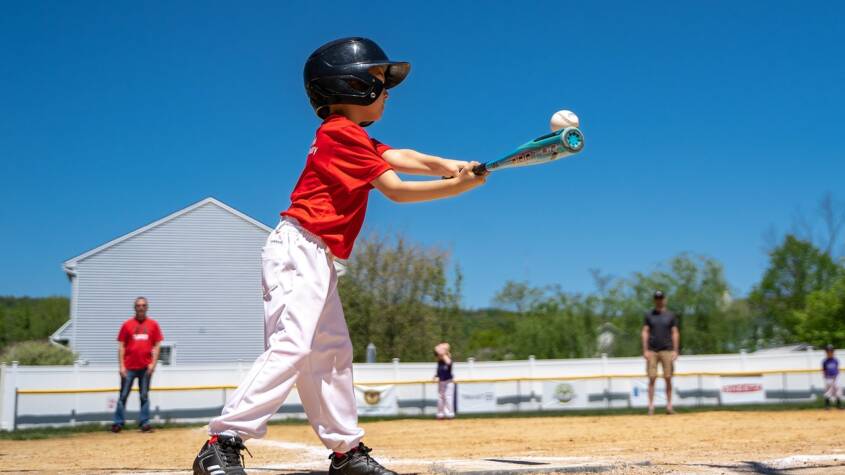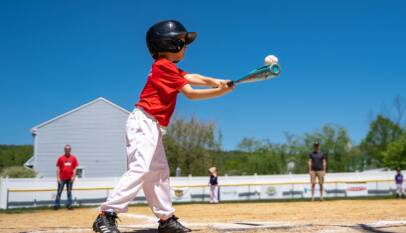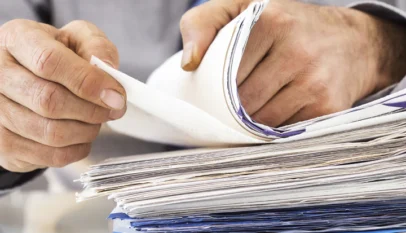
Custom wood baseball bats are designed to match a player’s specific needs for weight, length, and feel. They offer better control, balance, and durability compared to standard bats because they are crafted from high-quality wood personalized to the user’s preferences.
Players who choose custom wood bats benefit from the ability to select wood types like maple, ash, or birch, each with unique characteristics affecting performance. This customization helps improve swing mechanics and overall gameplay.
Custom Wood Baseball Bats: Materials, Types, and Personalization
Custom wood baseball bats vary by the types of wood used, the styles available, and the ways players can personalize them. Each factor affects performance, durability, and appearance, catering to different playing needs and preferences.
Popular Wood Species for Baseball Bats
The most common woods for custom bats include maple, ash, and birch. Maple is dense and hard, offering power and durability but may be less flexible. Ash provides more flexibility and lighter weight, preferred for quicker swing speeds. Birch combines the best of both, with hardness and some flexibility.
Hickory was once popular but is heavier and less common now. Each wood type affects the bat’s weight, balance, and feel. Players choose based on their hitting style and strength. Grain quality is also crucial; tighter grains typically mean greater strength.
Types of Customization Available
Custom bat features go beyond wood choice. Common customizations include length, weight, barrel diameter, and handle thickness. These dimensions are adjusted to match a player’s size and swing mechanics precisely.
Personal touches like laser engraving for names or logos, choice of finish (natural or stained), and knob style also enhance comfort and identity. Some manufacturers offer custom tapers and handle shapes for grip preference. These options help optimize both performance and aesthetics.
Choosing the Right Wood Bat for Your Playing Style
Power hitters often prefer maple for its density and impact resistance, aiding in hard contact. Contact hitters typically lean toward ash because it is lighter and allows faster bat speed. Players who want a balance of both traits may select birch.
Swing style matters, too. Players with long swings might prefer heavier bats for momentum, while those with quick, compact swings benefit from lighter, more flexible bats. Ultimately, testing different species and customizations is critical for finding the best fit.
Ordering, Manufacturing, and Care for Custom Wood Bats
Custom wood bats require attention to detail from ordering through care. Choosing the right specifications ensures performance, while understanding the manufacturing steps and proper maintenance extends the bat’s life.
How to Order a Custom Wood Baseball Bat
Ordering begins with selecting the type of wood—common choices include maple, ash, and birch—based on preference for hardness and grain structure. Customers specify length, weight, handle thickness, and barrel diameter to match their hitting style.
Most manufacturers offer customization options such as knob shape, handle taper, and finish color. It’s important to provide accurate measurements, as custom bats are non-refundable. Lead times vary but typically range from two to six weeks.
Bat Crafting and Quality Assurance
Each bat starts with a solid billet of seasoned wood, carefully inspected for defects like knots or cracks. The wood is then lathed to precise dimensions using CNC machinery or skilled hand-turning.
Manufacturers perform moisture content tests to ensure optimal hardness and flexibility. Final products undergo weight balance checks and are sanded smooth. Quality assurance includes visual inspections and sometimes durability tests to guarantee performance.
Proper Maintenance and Longevity Tips
To maintain a custom wood bat, users should avoid extreme temperatures and moisture exposure. Storing the bat in a dry, room-temperature environment prevents warping or cracking.
Regular cleaning with a dry cloth removes dirt and resin buildup. Using a light coat of linseed oil once in a while can condition the wood but avoid over-application. Inspect the bat regularly for cracks; replace if structural damage appears to prevent injury.
Kids Swimming Lessons Essential Tips for Safety and Skill Development
Kids swimming lessons teach essential water safety skills and build confidence in the wate…





